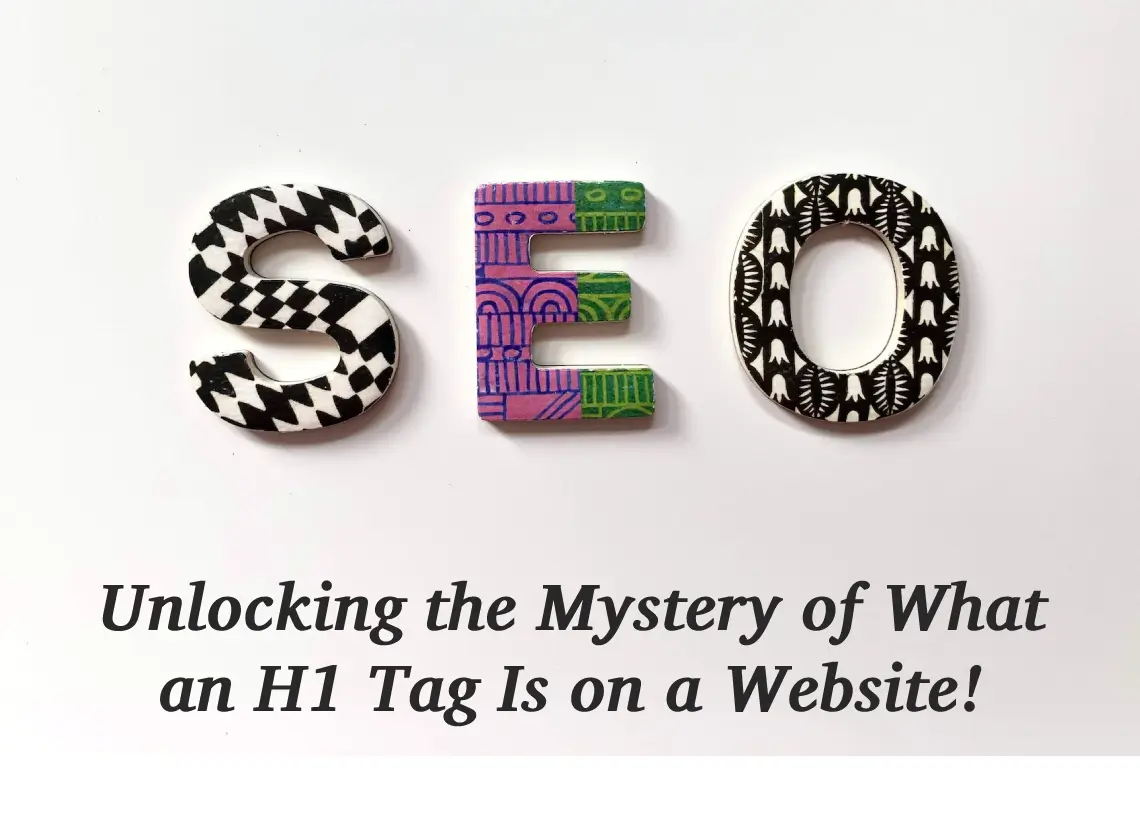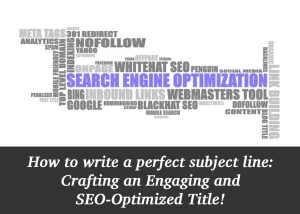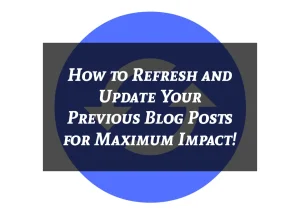When it comes to web design, one important factor that often goes overlooked is the H1 tag. This tag is an HTML element that gives structure to a webpage and helps search engine crawlers to identify the main topic or subject of the page. In this blog post, we’ll explain what an H1 tag is, how to use it in SEO, and provide some tips for optimizing it. We’ll also discuss some common mistakes to avoid and provide examples of H1 tags in action. Finally, we’ll explain how to automate H1 tags for maximum efficiency.
Introduction to H1 Tags
An H1 tag can be thought of as the headline of your webpage. It’s the first thing that a reader will see when they visit your website, and it’s one of the most important elements of search engine optimization (SEO). The H1 tag is an HTML element that tells search engine crawlers what the main topic of the page is. It also helps users quickly identify what the webpage is about and whether or not it’s relevant to them.
The H1 tag is part of the HTML coding of a webpage and is usually located at the top of the page, although it can be placed anywhere on the page. It’s important to note that an H1 tag is not the same thing as a page title, which is the title that appears in the search engine results. The page title is a separate element and is not necessarily the same as the H1 tag.
What is an H1 Tag?
An H1 tag is an HTML element that is used to identify the main topic of a webpage. It is usually placed at the top of the page and is used by search engine crawlers to understand what the page is about. The H1 tag should be descriptive and concise. It should accurately represent the content of the page and be written in clear language that is easy to understand.
The H1 tag should be unique for each page. This means that each page should have its own distinct H1 tag that accurately reflects the content of the page. It’s important to note that the H1 tag can be different from the page title, which is the title that appears in the search engine results. The page title is a separate element and is not necessarily the same as the H1 tag.
How to Use H1 Tags in SEO
Using H1 tags in SEO is an effective way to optimize your website for search engines. The H1 tag is one of the most important elements of SEO, as it helps search engine crawlers understand the main topic of the page. It should be descriptive and concise, and it should accurately reflect the content of the page.
In addition to helping search engine crawlers understand the main topic of the page, H1 tags are also used as a ranking signal. Search engines use the H1 tag as a way to determine the relevance of a page to a given query. For example, if someone searches for “how to fix a leaky faucet”, the search engine will look for pages that have an H1 tag that contains the words “how to fix a leaky faucet”.
When optimizing your H1 tags for SEO, it’s important to use relevant keywords that are related to the content of the page. This will help the search engine crawlers understand the main topic of the page and will help your page rank higher in the search engine results.
Benefits of Using H1 Tags
There are several benefits to using H1 tags in SEO. The most obvious benefit is that it helps search engine crawlers understand the main topic of the page. This helps the search engine determine the relevance of the page to a given query, which can result in higher rankings in the search engine results.
In addition to helping with SEO, H1 tags are also beneficial for users. The H1 tag is one of the first things that a reader will see when they visit your website, and it helps them identify what the page is about and determine whether or not it’s relevant to them.
Finally, H1 tags are also beneficial for website design. The H1 tag gives structure to a webpage and helps create a clear hierarchy of content. This helps users quickly identify the main topic of the page and navigate the website more easily.
H1 Tag Optimization Tips
When optimizing your H1 tags for SEO, there are a few tips to keep in mind. First, make sure to use relevant keywords that are related to the content of the page. This will help the search engine crawlers understand the main topic of the page and will help your page rank higher in the search engine results.
Second, make sure to keep your H1 tags concise and to the point. The H1 tag should be descriptive and should accurately reflect the content of the page. Avoid overly long H1 tags, as this can confuse search engine crawlers and make it difficult for them to accurately identify the main topic of the page.
Third, make sure to use unique H1 tags for each page. Each page should have its own distinct H1 tag that accurately reflects the content of the page. This will help search engine crawlers accurately identify the main topic of the page and will help your page rank higher in the search engine results.
Finally, make sure to include your primary keyword in your H1 tag. This will help the search engine crawlers understand the main topic of the page and will help your page rank higher in the search engine results.
Common Mistakes to Avoid When Using H1 Tags
When using H1 tags, there are a few common mistakes to avoid. First, avoid using overly long H1 tags. The H1 tag should be concise and to the point, and it should accurately reflect the content of the page.
Second, avoid using the same H1 tag for multiple pages. Each page should have its own distinct H1 tag that accurately reflects the content of the page.
Third, avoid using too many keywords in your H1 tag. This can confuse search engine crawlers and make it difficult for them to accurately identify the main topic of the page.
Finally, avoid using keyword stuffing in your H1 tag. This is when you include too many keywords in the H1 tag in an attempt to manipulate the search engine rankings. This is not only ineffective, but it can also get your website penalized by the search engines.
Examples of H1 Tags in Action
To better understand how to use H1 tags in SEO, let’s look at a few examples.
Example 1: If you have a webpage about “how to fix a leaky faucet”, your H1 tag should be “How to Fix a Leaky Faucet”. This accurately reflects the content of the page and includes relevant keywords that are related to the content of the page.
Example 2: If you have a webpage about “dog grooming tips”, your H1 tag should be “Dog Grooming Tips”. This accurately reflects the content of the page and includes relevant keywords that are related to the content of the page.
Example 3: If you have a webpage about “healthy recipes”, your H1 tag should be “Healthy Recipes”. This accurately reflects the content of the page and includes relevant keywords that are related to the content of the page.
Automating H1 Tags
Automating H1 tags is a great way to save time and effort when optimizing your website for SEO. There are several tools and plugins available that can help you automate the process of creating and optimizing H1 tags.
These tools and plugins can help you quickly generate H1 tags that are optimized for SEO. They can also help you ensure that each page has a unique H1 tag that accurately reflects the content of the page. This can help the search engine crawlers accurately identify the main topic of the page and can help your page rank higher in the search engine results.
Conclusion
In conclusion, H1 tags are an important part of SEO and web design. They help search engine crawlers understand the main topic of the page, and they help users quickly identify what the page is about. When using H1 tags, it’s important to make sure that they are descriptive and accurate, and that they are unique for each page. It’s also important to include relevant keywords in the H1 tag to help the search engine crawlers understand the main topic of the page. Automating H1 tags can be a great way to save time and effort when optimizing your website for SEO.
Now that you have a better understanding of what an H1 tag is and how to use it in SEO, you’ll be able to create optimized H1 tags that will help your website rank higher in the search engine results. With the right H1 tags, you’ll be able to maximize your SEO efforts and get the most out of your website.
If you’re looking to unlock the mystery of what an H1 tag is on a website and learn how to use it in SEO, this blog post has given you the information you need to get started. By understanding the importance of H1 tags, optimizing them for SEO, and automating them for maximum efficiency, you’ll be able to get the most out of your website.




